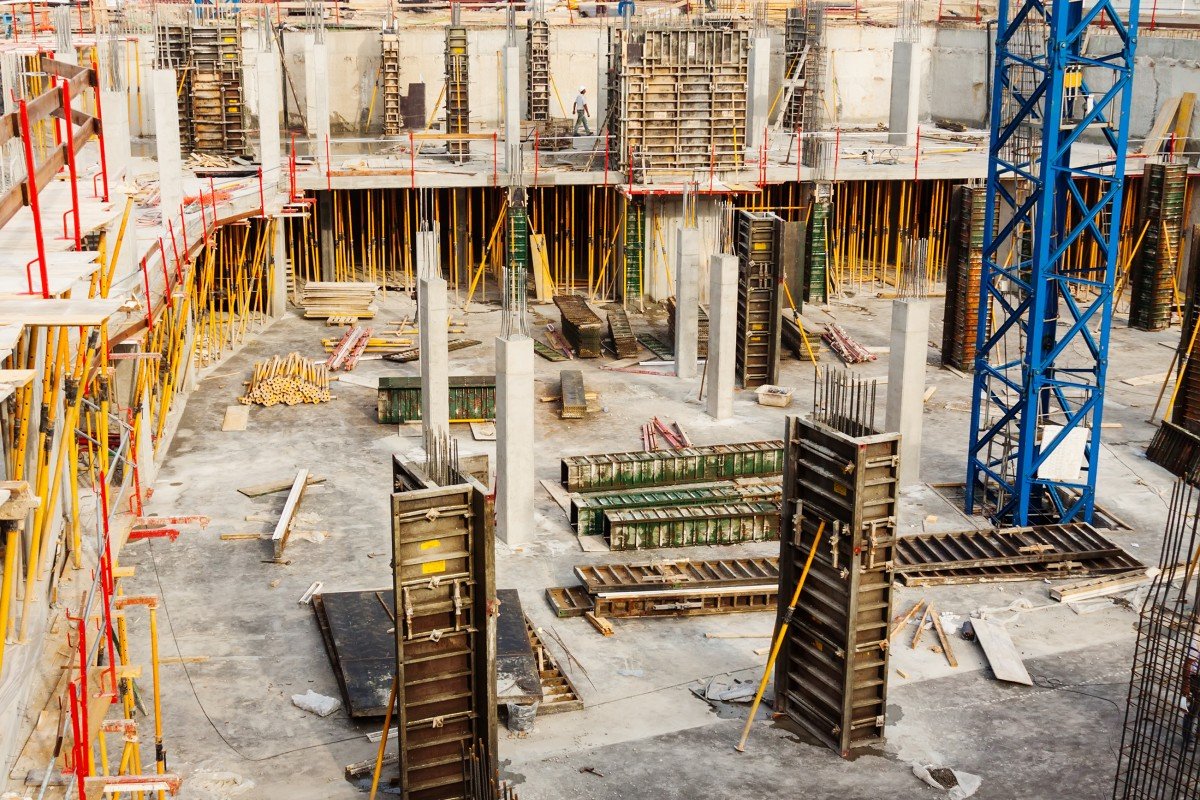

Polypropylene (PP) fibers are widely used in the construction industry due to their excellent properties, such as high strength, durability, and resistance to chemicals and moisture. Among the different types of polypropylene fibers, monofilament fibers and macrofibers are the most commonly used. This article provides an in-depth comparison between polypropylene monofilament fibers and polypropylene macrofibers, focusing on their differences, applications, cost, and maintenance requirements.
- Understanding the Basics: Monofilament vs. Macrofibers
-Polypropylene Monofilament Fibers: These are single-strand fibers, typically with a diameter ranging from 20 to 100 microns. Monofilament fibers are often used in fine concrete and mortar to reduce shrinkage cracking during the initial curing phase. They are lightweight and provide good resistance to moisture, making them suitable for applications where crack control and surface finish are important.
-Polypropylene Macrofibers: These fibers are thicker, with diameters typically ranging from 0.3 to 1.5 millimeters. Macrofibers are designed to replace traditional steel reinforcement in concrete. They provide enhanced structural integrity by improving the concrete’s toughness, impact resistance, and post-crack performance. Macrofibers are often used in industrial flooring, precast concrete, and other heavy-duty applications.
- Applications: Where Each Fiber Excels
– Monofilament Fibers: Due to their fine nature, monofilament fibers are primarily used in applications requiring high surface quality and crack resistance. They are ideal for:
– Decorative concrete surfaces, such as stamped concrete.
– Thin-walled precast elements.
– Mortar and plaster, where crack control during curing is critical.
– Shotcrete, where they help to reduce rebound and improve the finished surface.
– Macrofibers: Macrofibers are used in structural applications where enhanced toughness and durability are required. They are particularly effective in:
– Industrial floors, where they replace steel mesh or rebar.
– Precast concrete elements, such as pipes, tanks, and barriers.
– Pavements, bridge decks, and other large-scale infrastructure projects.
– Shotcrete applications requiring high impact and abrasion resistance.
- Cost Considerations: Balancing Budget and Performance
– Material Cost:
– Monofilament fibers are generally less expensive per kilogram compared to macrofibers. Their lower cost is due to their simplicity in manufacturing and lower material usage. However, the quantity required for effective crack control can be high, potentially offsetting the cost advantage.
– Macrofibers are more expensive per kilogram due to their size and the advanced manufacturing processes involved. However, they often replace traditional steel reinforcement, which can lead to overall cost savings on materials and labor.
– Installation and Maintenance Costs:
– Monofilament fibers are easy to mix into concrete and require no additional installation steps, making them cost-effective in terms of labor. Maintenance costs are minimal as they are fully integrated into the concrete matrix.
– Macrofibers require careful mixing to ensure uniform distribution within the concrete. Although they can increase the initial cost due to the need for more precise handling, they significantly reduce maintenance costs by enhancing the concrete’s durability and reducing the likelihood of crack repair or reinforcement replacement.
- Maintenance: Long-Term Performance and Durability
– Monofilament Fibers: These fibers primarily serve to prevent early-age cracking and do not significantly contribute to the long-term structural integrity of the concrete. As such, maintenance typically focuses on surface repairs if cracking occurs after the concrete has cured.
– Macrofibers: The use of macrofibers enhances the long-term performance of concrete by improving its post-crack behavior. Concrete reinforced with macrofibers is less likely to require extensive maintenance, as the fibers help control crack propagation and maintain the integrity of the structure. This reduces the need for costly repairs and extends the lifespan of the concrete.
- Comparative Analysis: Key Differences and Advantages
Aspect Polypropylene Monofilament Fibers
Polypropylene Macrofibers
Diameter 20-100 microns
0.3-1.5 millimeters
Primary Function Crack control during curing
Structural reinforcement
Typical Applications Decorative concrete, mortar, thin-walled precast
Industrial floors, precast concrete, pavements
Cost Lower per kilogram
Higher per kilogram, but potential overall savings
Installation Simple mixing, low labor cost
Requires careful mixing, potential for higher labor
Maintenance Minimal, focused on surface repairs
Reduced need for repairs, extends concrete lifespan




